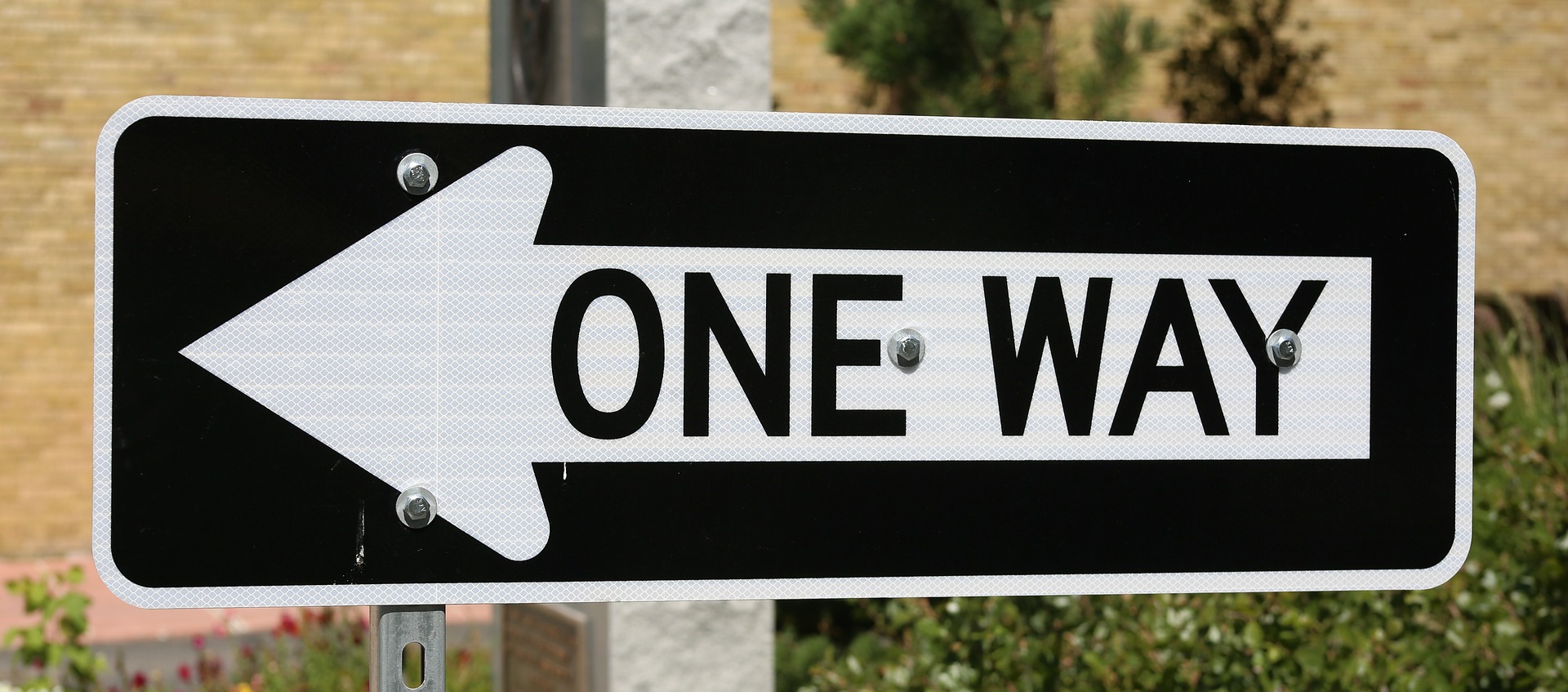
By Paul Basha, traffic engineer, Summit Land Management
Why are there so few one-way streets in the Valley? They seem to be much more common in other metropolitan areas. Prior to the final planning and design of State Routes 101, 202, and 303; back in the early to late 1980’s; there was discussion of one-way arterial pairs in metropolitan Phoenix. The discussion amongst transportation engineers, transportation planners, and urban planners was quite involved; and many different people throughout the Valley participated.
Generally, the transportation and planning professionals 30 to 40 years ago, were in agreement that one-way arterial pairs were preferred to freeways. Though we all recognized that there were advantages and disadvantages of both freeways and one-way arterial pairs. We also recognized that the differences between the merits and detriments of both systems were rather balanced.
The political leaders at the time were quite rational and collaborative with each other, and trusted professional and technical expertise. Without strong technical preference, the political leaders relied upon factors other than transportation and urban planning.
The primary disadvantages of one-way arterials are they needed to be in close proximity. It’s rather surprising that Washington and Jefferson roads are only 400 feet apart, as are Central and 1st Avenues. In older metropolitan areas, major streets are often one block or less apart. This short separation allows people to find addresses easily.
Here in metropolitan Phoenix, post-horseless carriage urban planning, our arterials are typically one-half mile apart. This separation is too great. If the separation between travel directions is more than one or two blocks (one-eighth to one-quarter mile), then people have difficulty finding their addresses. Adjacent businesses loath one-way streets – particularly small businesses.
Tucson converted their one-way arterial pairs to two-way streets approximately 15 years ago or so. The Tucson traffic engineers, and consulting traffic engineers, were very opposed to the plan. However, the City leaders accepted the business advocacy, so the change was made.
Back to the 1980’s planning, to provide one-way arterials one or two blocks apart involved demolishing businesses and homes, which was determined to be too expensive. Even though freeways are very expensive, in the 1980’s and 1990’s, the freeways were constructed on relatively low-use and low-cost properties. Additionally, the property owners (historic or recent) recognized the tremendous value of freeway frontage, so were anxious to be cooperative in selling their land. Also, many government officials viewed freeways as modern. Certainly, the more distant Valley communities were very supportive of state routes 101, 202, and 303.
From a traffic flow perspective, the dominant advantages of one-way pairs are the elimination of left-turns across opposing traffic and the ability to provide excellent signal coordination (consecutive green lights). Many traffic engineers believe that one-way arterial pairs have lower collision rates. Non-automobile travel – particularly buses and walking – is much more convenient on one-way streets than on freeways. The disadvantage of freeways – sprawl and ever-increasing traffic demand – are readily apparent. The advantages of freeways are also apparent – many more locations in the Valley to live and work. Choices are good.
Curious about something traffic? Contact Paul Basha at (480) 505-3931 or pbasha@summitlandmgmt.com.












